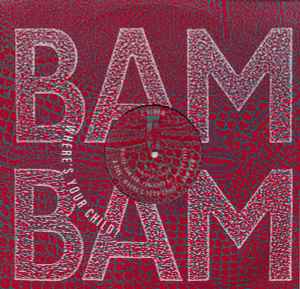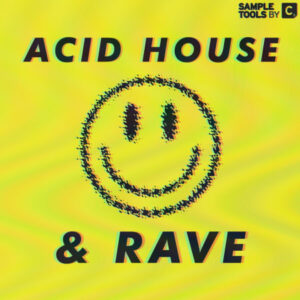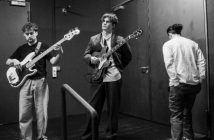It goes without saying that the 1980’s was the decade of music innovation and artistic movements. From the rise and adoration of Queen, to goth culture and androgynous fashion, it comes as no surprise that rave culture found its origins in the 1980’s. The late 80’s witnessed the birth and flourishing of the youth-driven movement of ‘Acid-House.’ Tracks such as ‘Bam Bam Where’s Your Child’ and ‘Flow Coma’ becoming infamous, even today.
Raving, in the 1980’s took a mix of passionate freedom and rebellious youth and formed into something of a community; an evolution of nightclubbing that changed the way we party as a group of people even in modern insights. Some may say this could have been fuelled by the expansive use of Ecstasy, and perhaps, the loving high that came with this in the uprising rave scene of the 1980s. I think, then, the breakdown of cultural barriers is what continues the rave legacy. Up until then, clubbing was arguably a squeaky-clean, whitewashed, straight and narrow idealism; illegal raves pushing these boundaries, Ecstasy fuelled or not, to allow for something more inclusive to a range of ethnicity, culture and sexuality. House music, of course, being derived from African American and homosexual club scenes, finding its way to the UK in the form of Acid House. Raving, then, in the 1980’s, perceived by the law as the seedy underbelly of nightclubbing, became more than that- a musical uprising, and a cultural rebellion to the figurative ‘box’ one should fit. Of course, while trespassing and drugs are still illegal, the ideas of raving has not only become more socially acceptable, but fairly common, with hundreds of beloved genres from Drum and Bass to Hardstyle. It seems, the artistic evolution of the 80’s followed through, from popular music to illegal partying.
I think, then, it is no coincidence that the ‘acid-house’ and the illegal rave scene came into full flourish in the late 1980’s. Under the ever-increasing harsh foot of Thatcherism, the way of the rave became a moral release, a subculture flourishing in the British countryside as a direct cultural abandon of the authoritarian Thatcher grip. Raving, in the 1980’s, shattered a political and moral standstill under a Tory government. Truly, Illegal raving was not simply a lapse in youth morality, or an ever-growing noise complaint; it was the symbol of a new age of dance music culture and, spiritually, a sense of inclusivity that perhaps did not touch the party scene until then. In this way, Acid House kickstarted raving and what it has gone to become, ensuring that the 80’s, in a sense, truly was the decade of the rave. Raving and rave culture has since flourished incredibly, from huge festivals and popular club scenes, to fashion. The 8o’s raver was defined not only by the music, but the visuals and the fashion; a revolution we see translated in rave and festival fashion to this very day. Raving was, and is now, a freedom of expression under a tight society, a youthful revolution kickstarted in the late 80’s. Rave culture has saturated the popular market due to its inclusivity, the freedom, the bonding over a common interest in a youth which has embraced individuality. Acid House and 80’s rave culture was arguably a revolutionary movement- one that still pushes, influences, and lingers nostalgically in culture today; the decade of the rave leaving a lasting legacy on culture for years to come.




